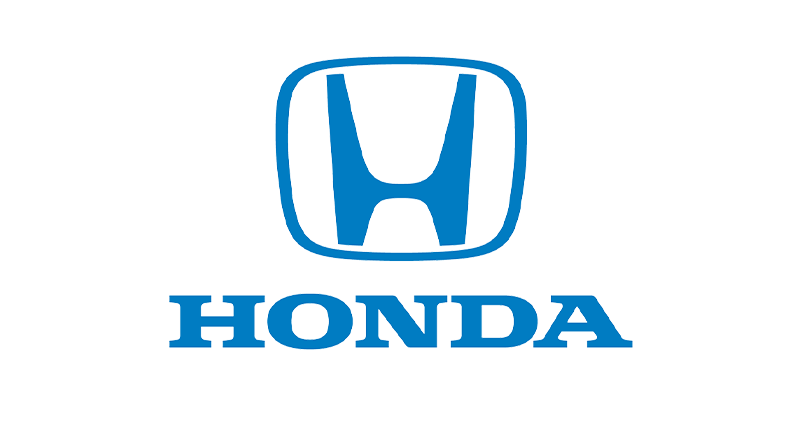Better Light = Higher Productivity & Profits
With the focus of most lighting upgrades on energy efficiency and reducing maintenance costs, the impact of the right type and quantity of light on other aspects of your business are often times overlooked.
A study conducted by the American Society of Interior Design found that 68 percent of employees complain about the lighting situation in their offices. The fact that such a substantial percentage of employees disliked their office lighting enough to complain about it implies that lighting is an extremely important and often overlooked consideration of many employers. The two most common complaints about poor office lighting are lights that are too dim and lights that are too harsh, although inconsistent color and poorly maintained lighting also were mentioned.
COULD YOUR BUSINESS USE A BOOST?
A Case Study of Lighting’s Effect on Productivity, Reduced Absenteeism, and Reduced Errors
In the late 1980s, the lighting systems in the U.S. post office in Reno, Nevada were renovated to make them more worker-friendly. The upgrade resulted in energy savings of about $50,000 per year, but the real improvements came in the form of employee productivity. Mail sorters in the facility became the most productive sorters in the western half of the country, machine operators boasted the lowest error rates, and the financial impact of the productivity increase was shown to boost revenue by approximately $500,000 per year. And this wasn’t an isolated incident. Countless other companies across the country have also noted productivity increases as the result of lighting renovations.
Beyond the functional considerations for visibility, lighting is also psychological, as it impacts how a person perceives the workplace. Studies have shown that happier workers are more industrious, their impression of the company is better, and they have lower absenteeism or turnover rates. The right fixtures can even foster creativity, boost morale, and encourage communication.





